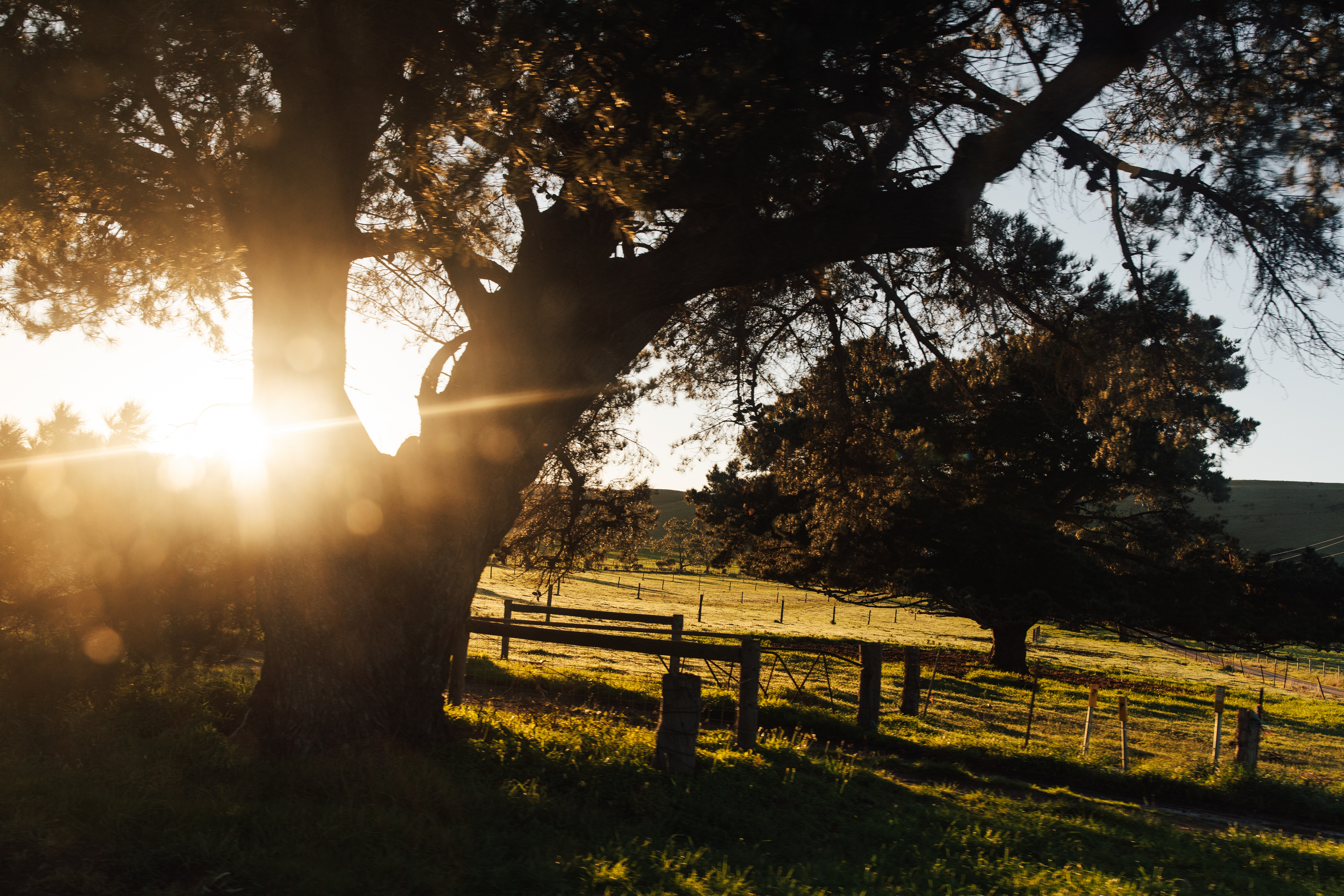
Livestock, finance and drought – can you plan ahead?
Livestock commodity prices have continued to provide some optimism for producers among variable seasonal conditions across the state. At the same time, there has also been a fall in in a couple of key inputs, including fuel and finance costs.
With this outlook comes two points to consider – how producers generally are positioning themselves in their marketplace and planning for drought and how those producers who are unfortunately in drought at present are faring in accessing support.
Market positioning
In my role with Livestock SA, dealing with livestock producers across South Australia, and in my day‐ to‐day role as a rural lending manager, there is noticeable and consistent gap between producers who achieve set financial goals and those who struggle to hit key milestones and build a robust business framework.
Seasonal conditions play a part but in periods of drought, the gap between those two groups is still evident.
On‐farm productivity gains are part of the issue, such as variances in calving and lambing rates, mortality rates and weight gains. A lot of good work is being done by individual producers and the wider industry to address these aspects of livestock production and a focus on these needs to be maintained.
However, the area where we see most divergence and perhaps the real driver of financial performance is in per head sale values. The days of flogging a product at the farm gate are well and truly gone. Building market alliances, differentiating your product in the market and producing a quality and consistent carcass that is in demand have a proven impact on the bottom line.
This will differ depending on the business and the people involved. For some, it will be about controlling the process right through to the end user. For others, it’s about taking a step outside the front gate and further down the supply chain to understand what their buyers are looking for, what alternative markets are available and communicating more effectively to receive feedback and understand where you can make a change , large or small, to the current business model.
The ability to lift on‐farm productivity by 2‐3% will have a significant impact on turn‐off rates and weights however this gain can be more than undone by, for example, missing the grid specs at sale.
Having greater control and influence post‐farm gate will underpin and leverage all the work done to improve on‐farm productivity.
Drought loans
The recent, and rather delayed, delivery of the Federal Government’s Drought Concessional Loan Scheme has come after months of impasse between federal and state governments. The loan scheme started on February 20, 2015, with $10 million available for allocation until June 30, 2015, or when funds are fully committed, whichever occurs first.
Livestock SA consistently worked behind the scenes to get these funds rolled out, which will provide some further relief for a limited number of producers across the target areas of the Northern Pastoral, Southern Mallee and Upper South East.
The normal lending assessment criteria – such as security, long‐term viability and financial need – remain unchanged and the eligibility guidelines are comprehensive. The scheme is targeting about 20 businesses, based on an average loan amount of $500,000, and those that can submit a valid Bureau of Meteorology Rainfall Deficiency Report.
A key point of discussion between farmers and financiers relates to security arrangements. Primary Industries and Regions SA is administering the loan scheme and will seek at least a second mortgage over farming land. In this instance, PIRSA will require agreement with the financier to cap the loans through a Deed of Priority document, up to an agreed amount.
This means that if further funding, either short or long term, is required from your bank, the process could take time because your bank will need to advise or negotiate with PIRSA for approval to increase the loan above existing limits. PIRSA is encouraging all potential applicants to discuss their application with their bank before submission and understand the timeframes and requirements.
Not in drought?
For producers not accessing concessional loans, the commercial finance market has some significant opportunities to review or restructure current facilities. Despite the recent Reserve Bank of Australia decision not to reduce official cash rates, the broader financial market remains at historic lows based on longer term trends.
Producers should remember that fixed rates have a tendency to move north before official cash rates bottom out. Waiting for the RBA to touch the bottom will not, in most cases, provide the best result for three and five‐year rates for example. But as always, producers should seek advice and ensure all potential interest rate risk management strategies are discussed and understood before taking action.
‐ Details: www.livestocksa.org.au